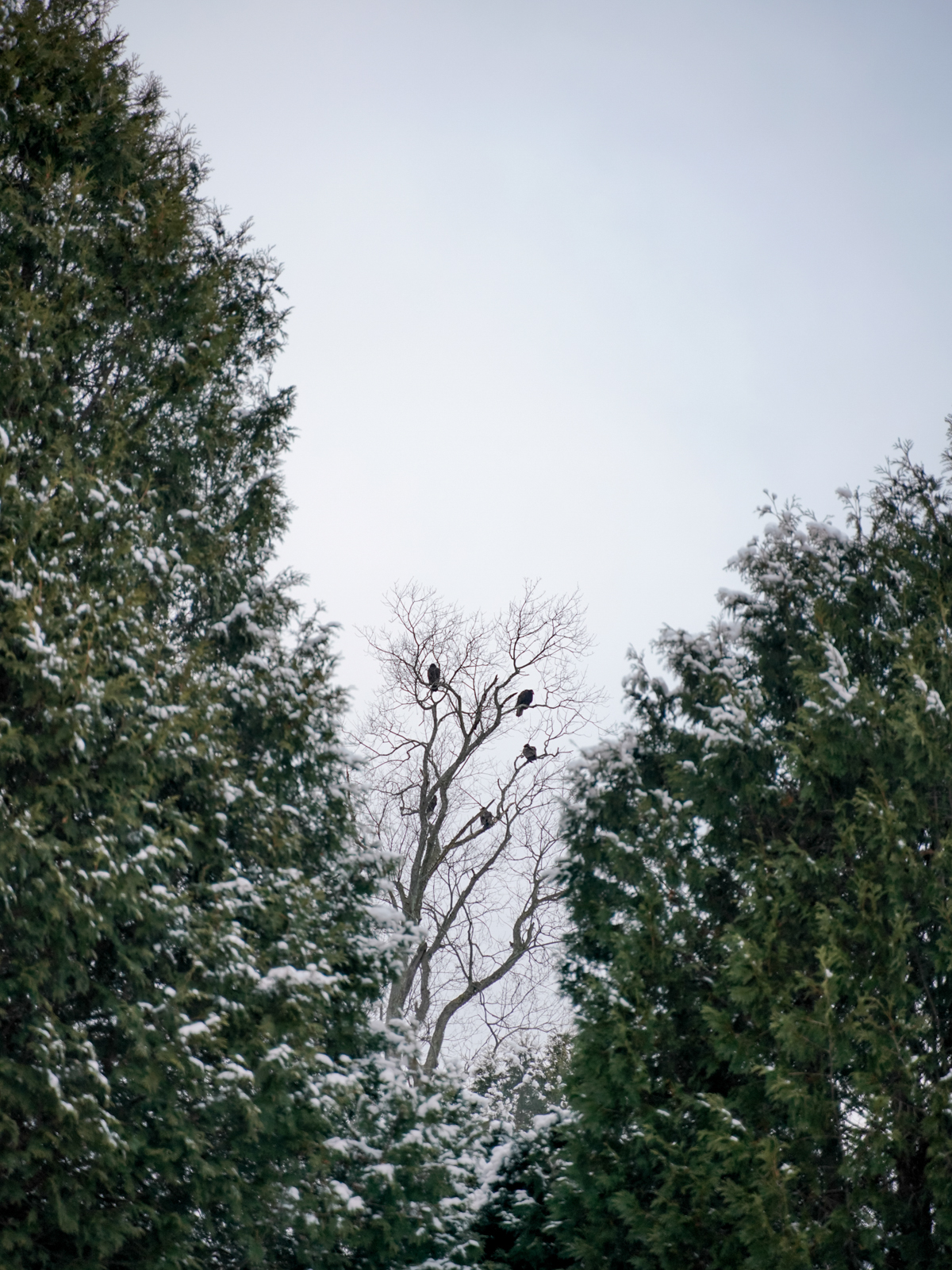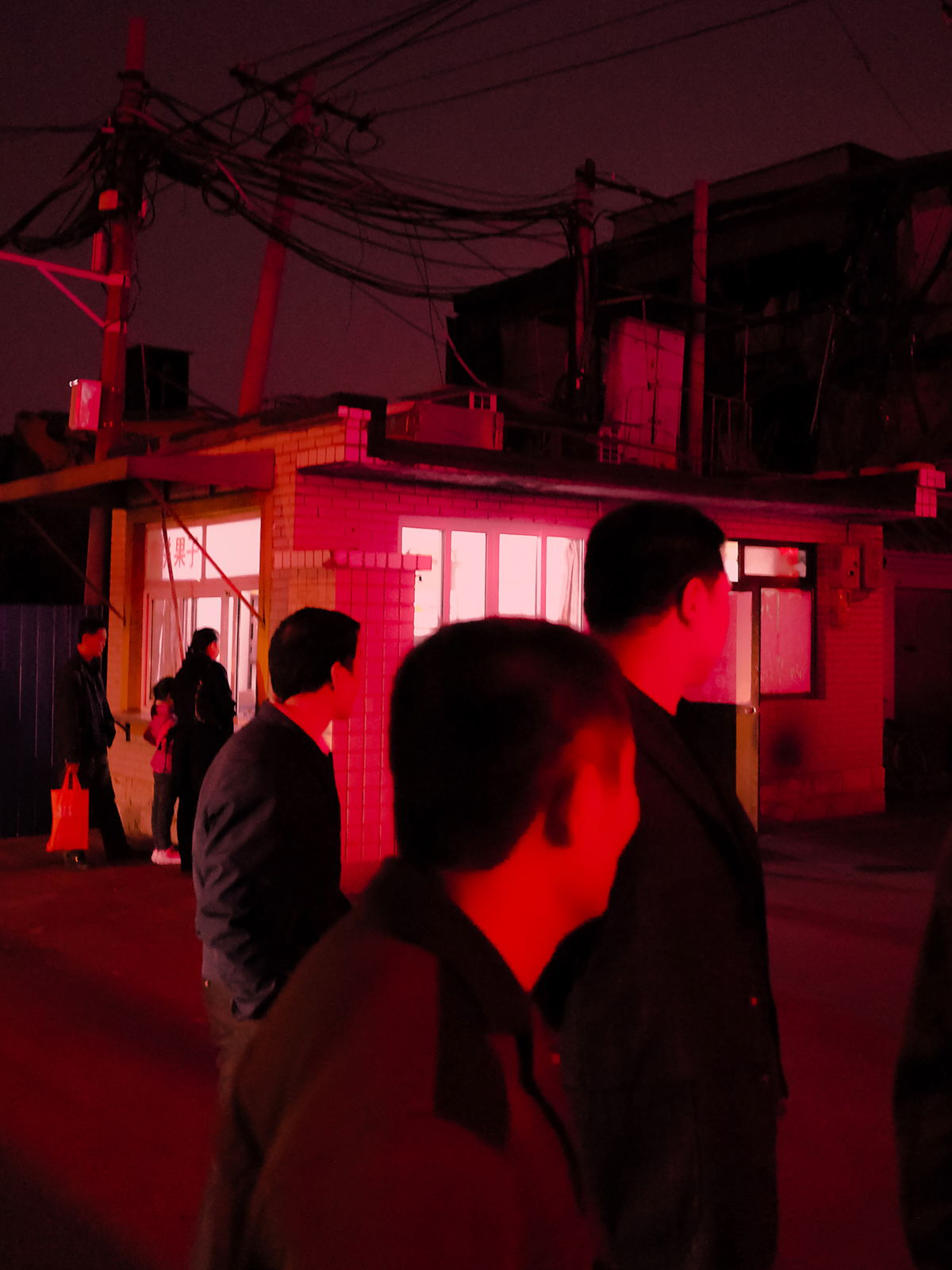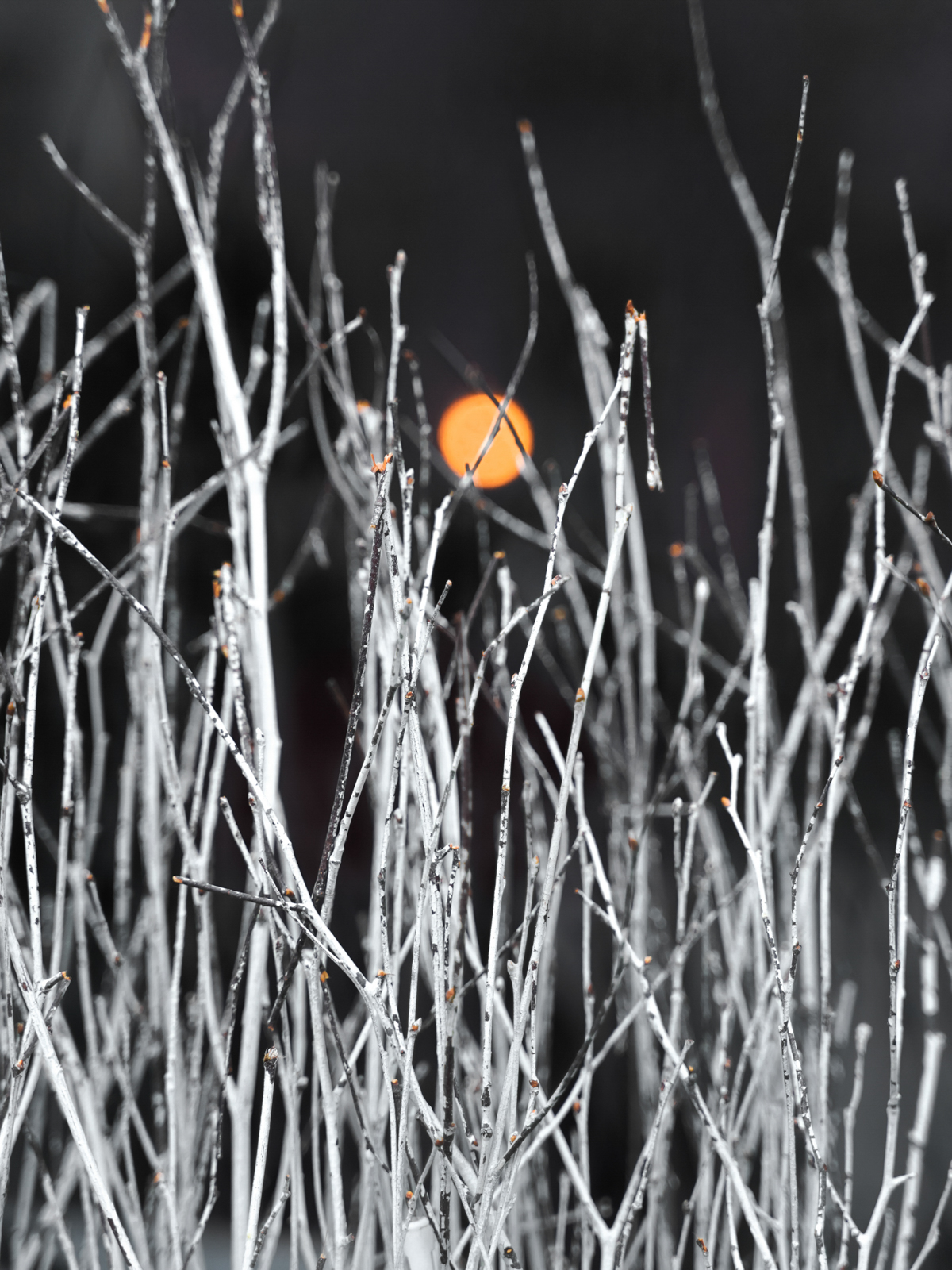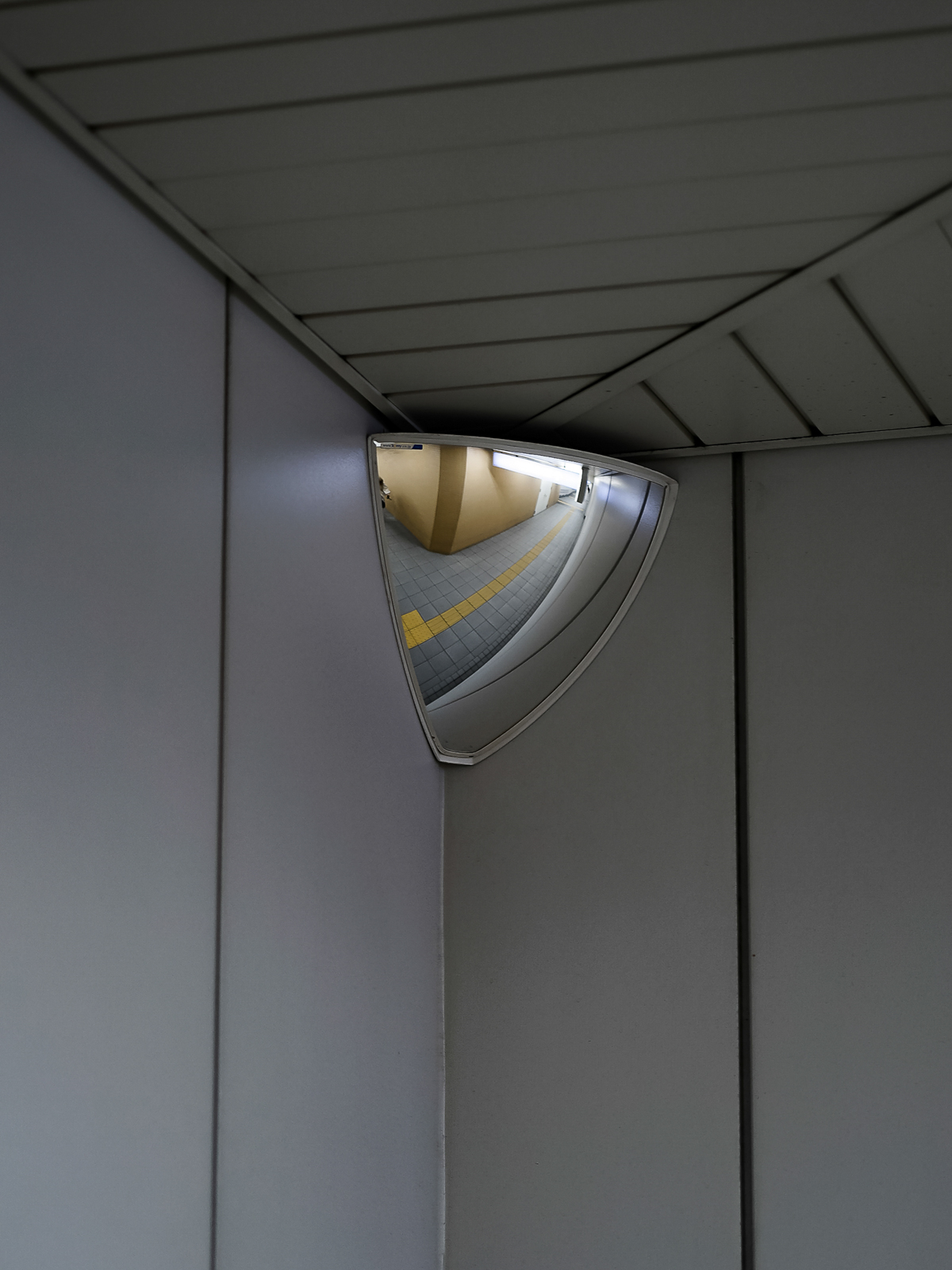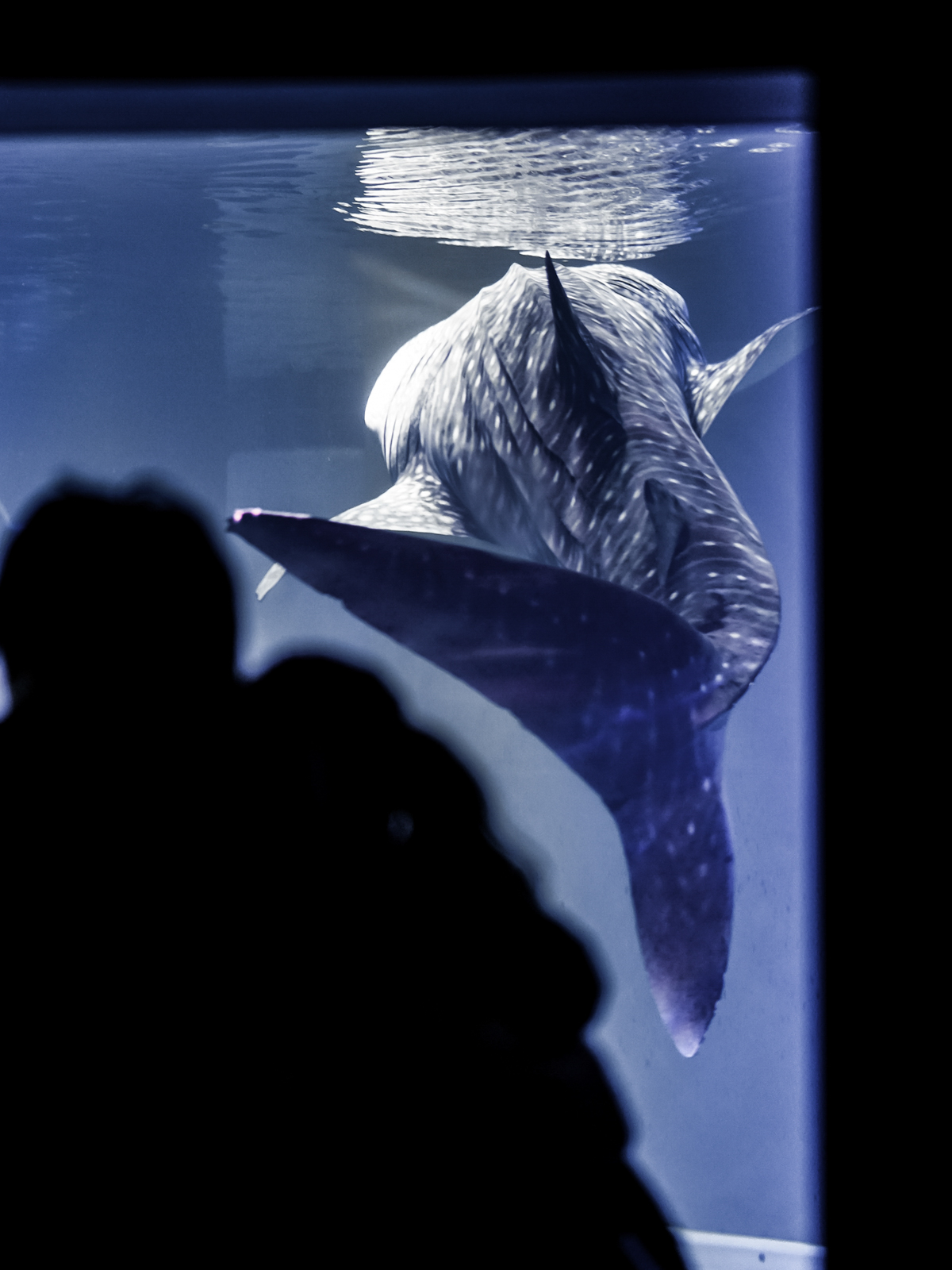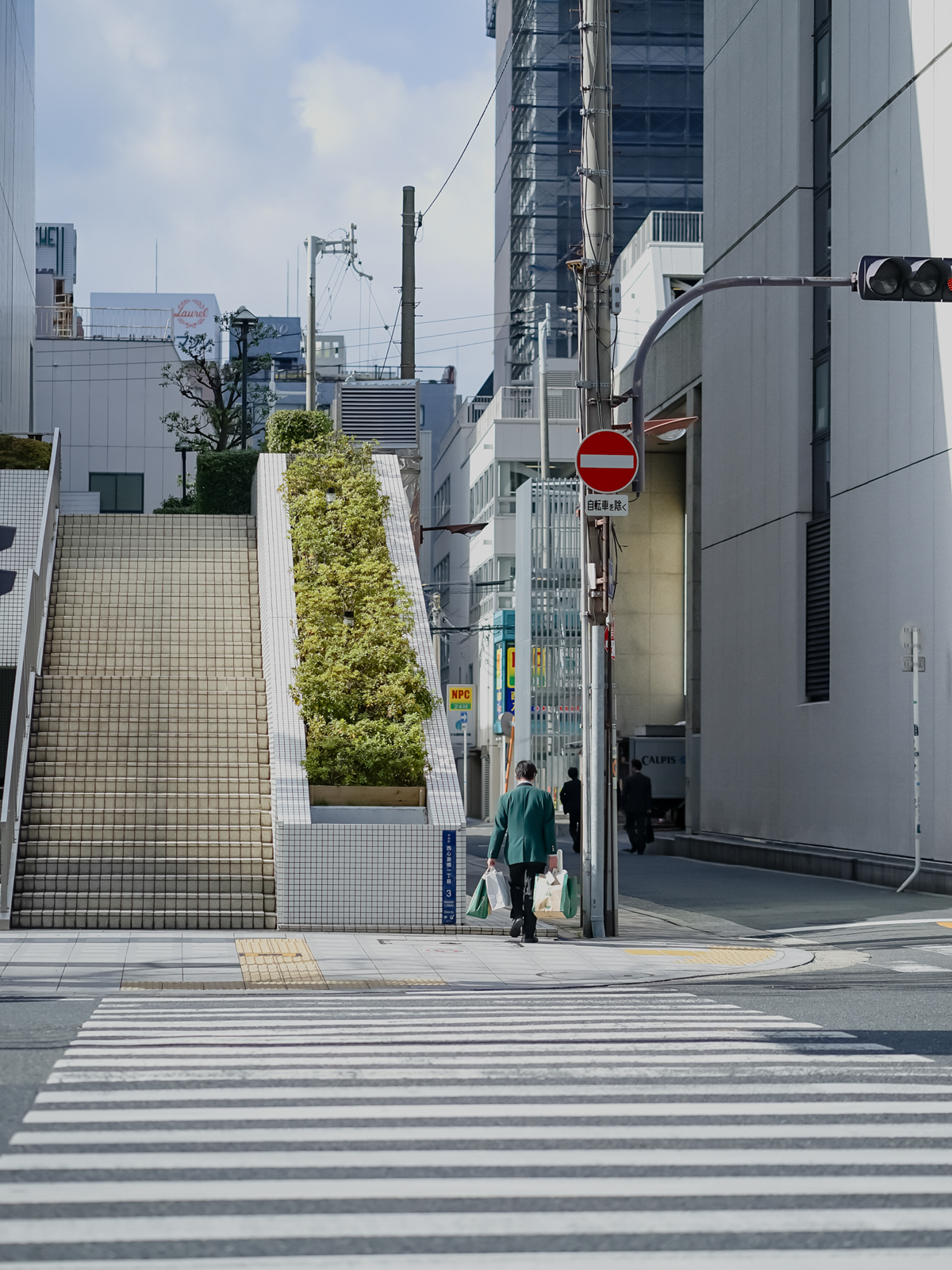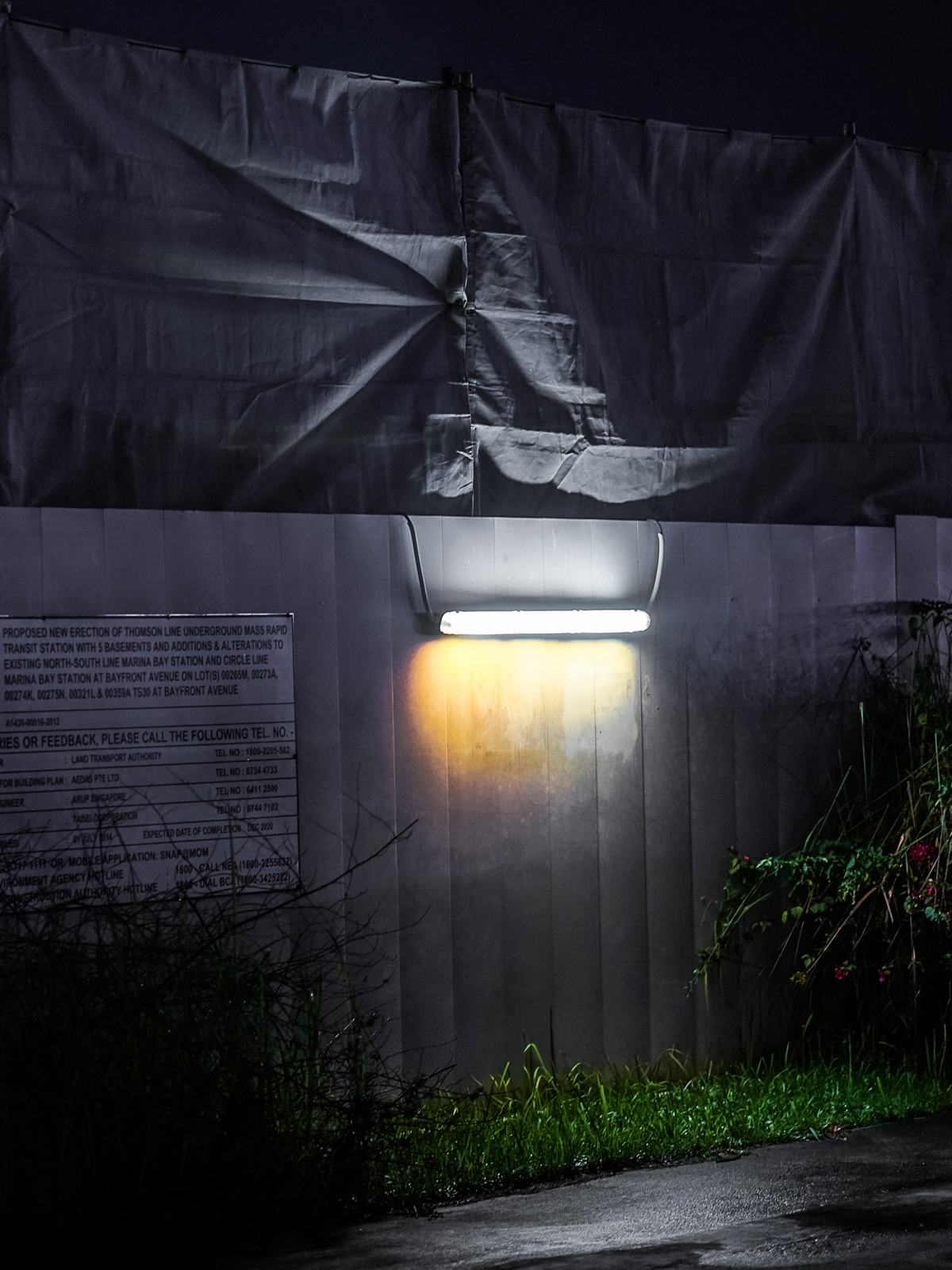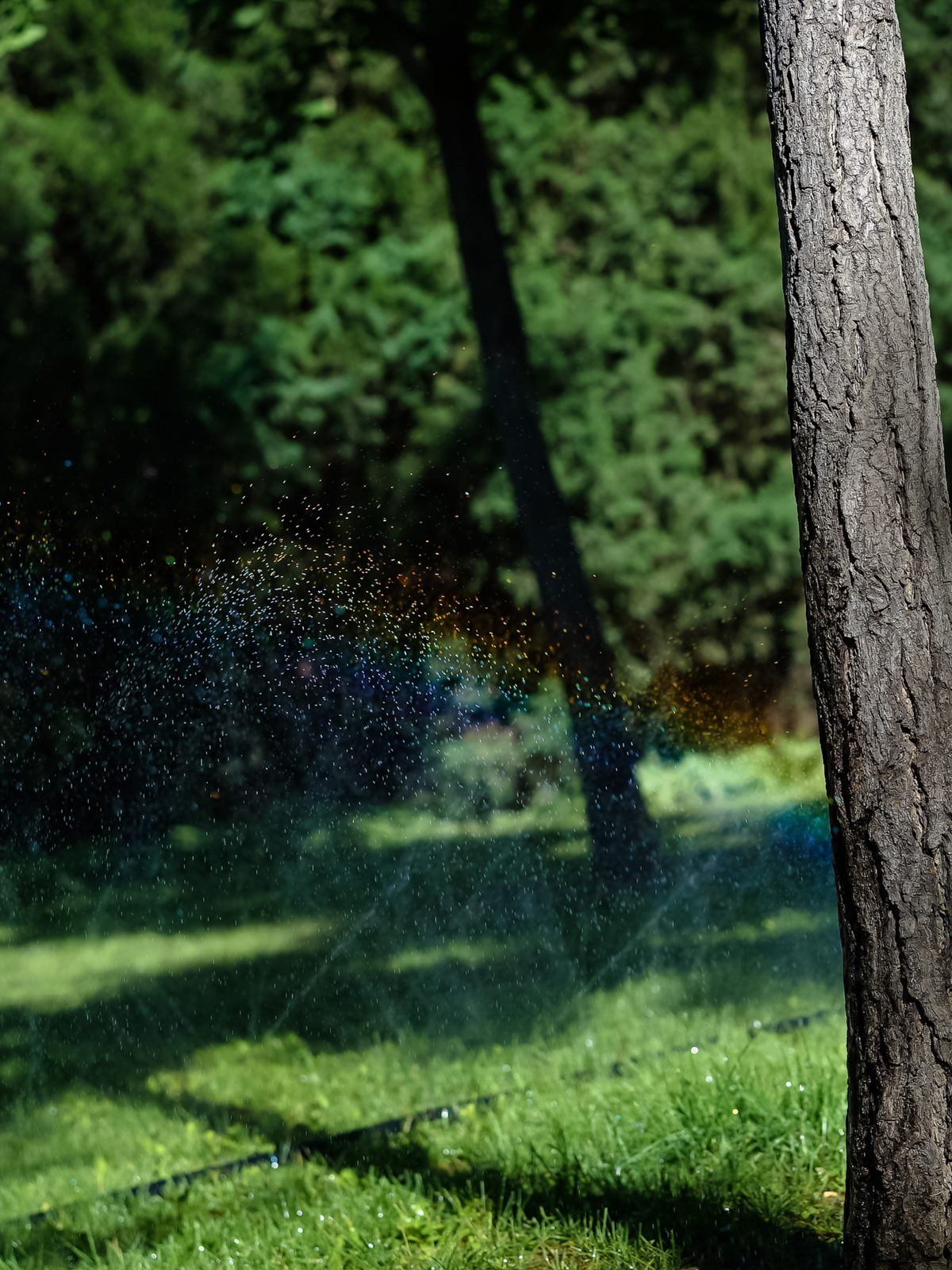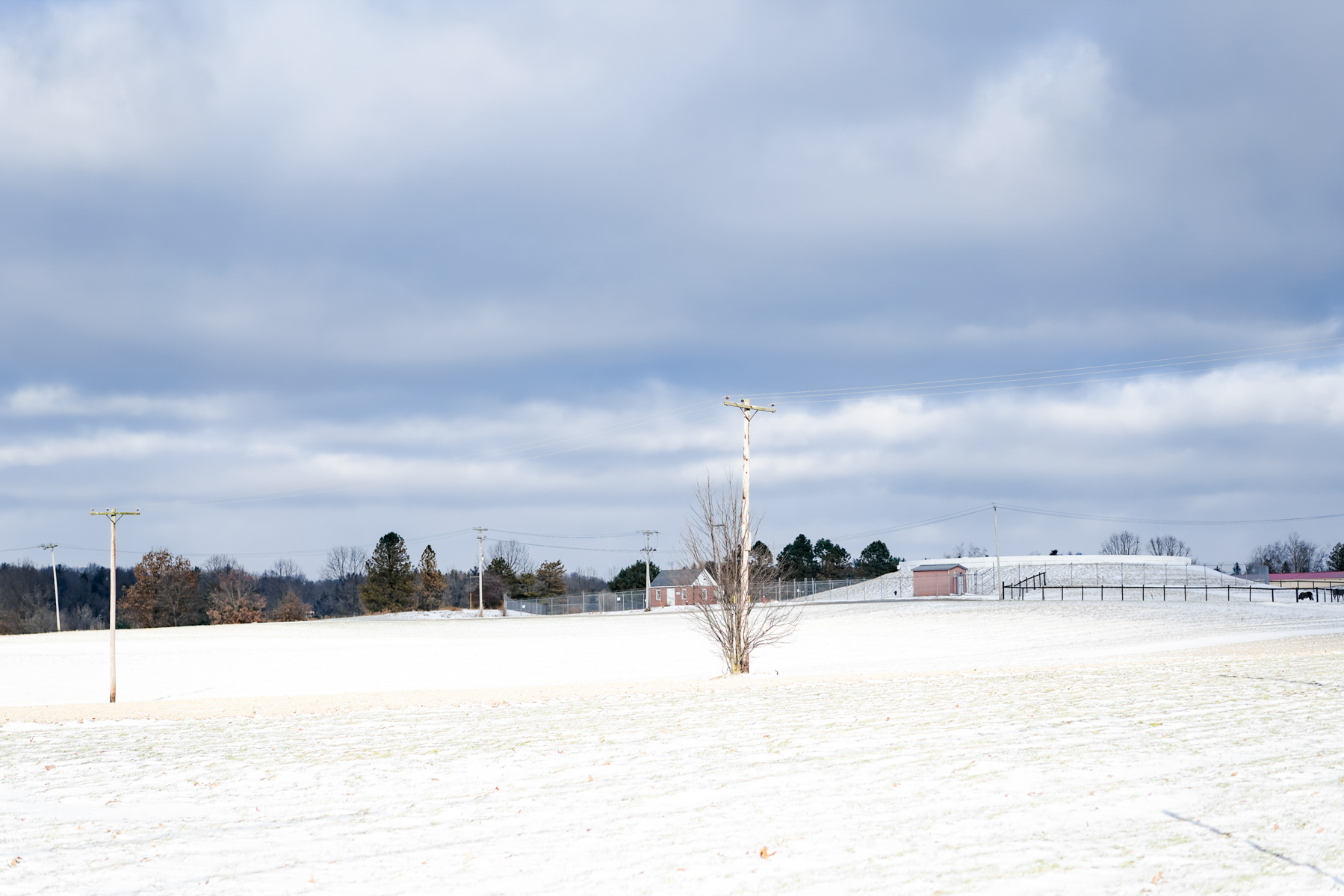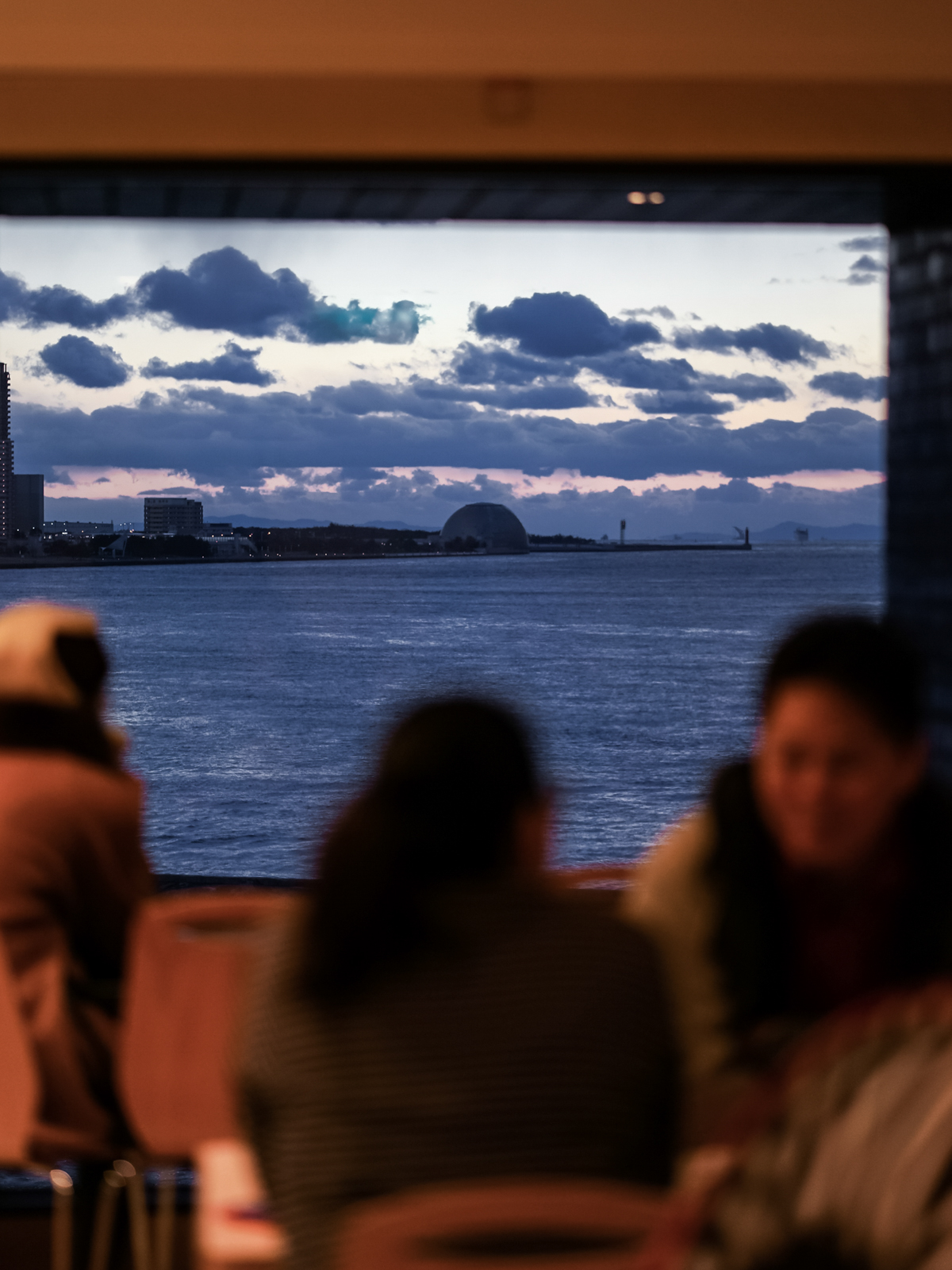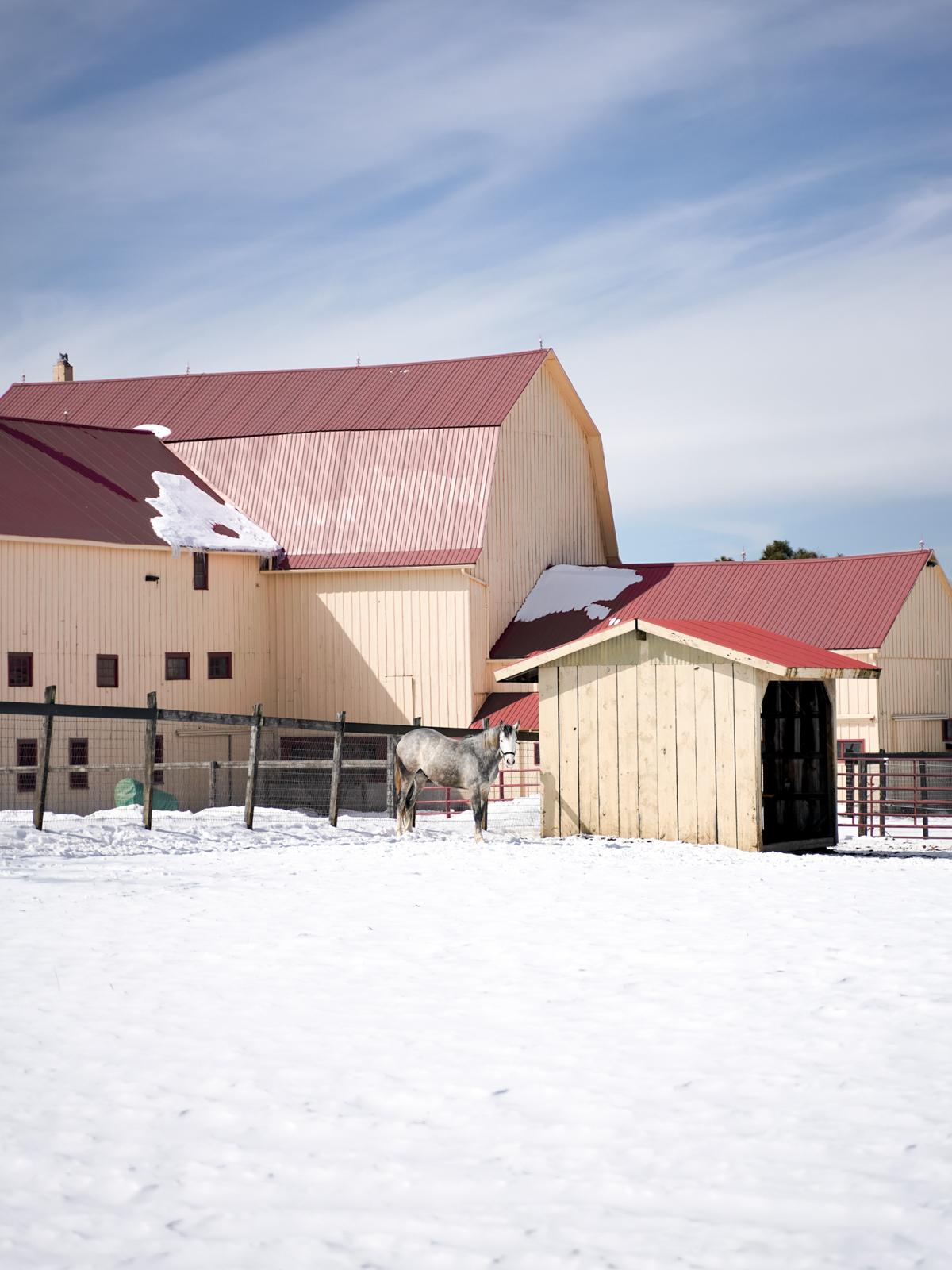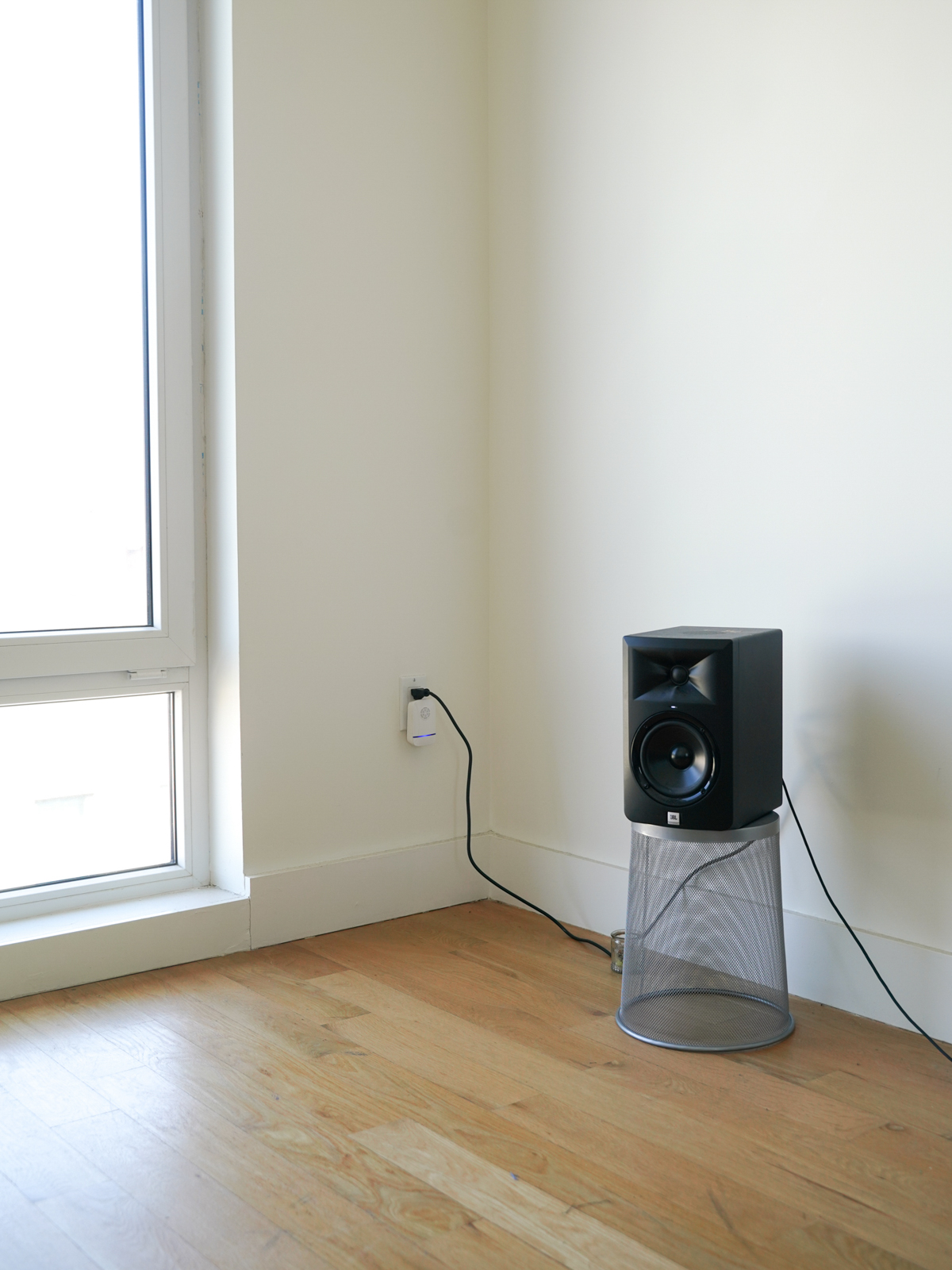Miller, P., drew inspiration from the interactions within ant colonies, proposing that self-organization in nature operates independently of responsibility structures seen in civilized societies. Each ant, in fact, does not know precisely what it should do, nor does it communicate directives to others. Each day, ants respond to occurrences, other ants they encounter, and environmental changes. The behaviors resulting from these responses, however, also influence other ants, affecting the entire colony—creating a network of social interactions that ultimately results in self-organization.
Later, William H. Whyte, through his sixteen-year observational study of New York’s streets, found that people on urban sidewalks may not consciously recognize they are participating in a self-organized system. However, they are enmeshed in the flow of pedestrians (City: Rediscovering the Center). Whyte observed that pedestrians embody both a social presence and a transportation unit—a complex yet efficient entity. Even on crowded sidewalks, people can navigate with remarkable speed, avoiding collisions. This forms a collective, individual-level adjustment that manifests in an overall smooth and efficient flow. Subsequently, Braha, D., observed that such phenomena often lead to behavior patterns, shifts in awareness, and evolving value systems within groups influenced by their broader environment. Self-organization is thus present in numerous subjects within social science research.
"Restrained Orders" captures the often-overlooked phenomena and actions that emerge and are unconsciously adopted in contemporary social life. In the vast spatial reach of human activity, countless ordinary scenes are easily ignored: the residents living within, the artificial landscapes, meticulously arranged vegetation, distorted or reflected light, and even the life trajectories of other creatures. When stripped from their contexts and seriously examined, these objects reveal a sense of order—restrained, meticulous, and traceable. Man-made and non-man-made objects alike seem to operate and grow within predictable frameworks and trajectories visible.
This is "order," and indeed, it is "restrained." In my view, the distinctions between natural and artificial objects blur as the order is established and solidified, creating visual conflicts that render us blind to them. This work raises a certain paradoxical question: is this restrained order something we willingly accept and follow, or is it something imposed and then ignored? In other words, are we merely a more sophisticated type of "ant colony"?

